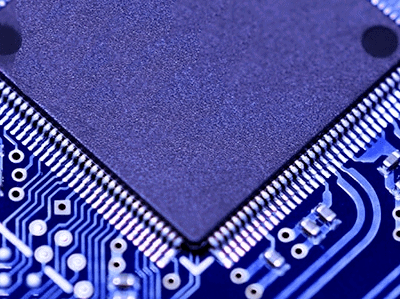Is India ready to emerge as a global semiconductor giant?
Share This Post
Semiconductors have now become a core building block of almost every major industry. Pick any industry vertical and you will find either direct or indirect presence of semiconductors. Consumer Electronics, Automotive, Healthcare, Telecoms and IT hardware are major customers of the global ESDM (Electronic Systems Design and Manufacturing) sector.
China, Japan, the US,UK, France and Germany are leading nations that contribute to the global ESDM sector. These countries excel in the complete semiconductor value chain, starting from design, manufacturing and right up to packaging, etc.
China is usually seen as the major competitor to India. This East Asian giant’s ESDM sector has grown exponentially since 2000 and now contributes more than 40% of the total global market revenues. Transition of the worldwide electronic equipment manufacturing industry to China has been spurred in large measure due to ‘open’ and attractive government policies.
On the other hand, India contributes less than 5% to the global semiconductor market. Though, we have the potential to emerge as another key semiconductor nation on the global landscape, but lack of infrastructure, government support and lack of venture capital funding have hindered the Indian ESDM industry’s growth.
Based on its software strength,India is known for providing high quality VLSI design services to global semiconductor giants like Texas Instruments, Qualcomm, Broadcom, STMicroelectronics, etc. by Wipro, SmartPlay, Sasken, Mirafra and others. Presently, chips designed in India are largely for the 40 nm, 65 nm, 90 nm, 110 nm, 130 nm, 150 nm and 180 nm technologies. Some Indian companies also do design work for chip technologies of the order of 32 nm, 28 nm and 22 nm. While 32 nm and 28 nm chips designed in India have already been taped out, 22 nm chips are expected to tape out by end 2012. At the same time, some companies are gearing up for the design of further smaller technologies including 20 nm and 14 nm chips. This is going to enhance the product portfolio of design companies particularly in the verticals of telecommunications and healthcare.
In order to become a key contributor to the global ESDM sector, as a country we need to excel in every segment of the value chain. One approach that India can follow is to replicate Israel’s model, which allowed semiconductor companies to set up their fabs in the country. This will not only help to build the requisite ecosystem but also attract much needed venture capital.Israelis now one of the fastest growing countries in the global semiconductor market with five semiconductor manufacturing plants (fabs) of which Intel runs three and Tower Semiconductor runs two. Apart from these,Israel also has over 150 fabless semiconductor companies, R&D facilities and various design centers.
The Government of India has of late realized the importance of the ESDM sector for the growth of the country’s economy as a whole and is taking steps to build a sustainable ecosystem. The Department of Electronics & Information Technology (DeitY) is actively participating in this building process. For instance, the Modified Special Incentive Package Scheme has been introduced which provides 25% of the capital investment in non-SEZ areas and 20% in SEZ areas, as a financial incentive for ESDM companies. Also, countries like Taiwan are showing interest for set up of electronics manufacturing plants in India, especially in the area of solar power / photovoltaic cells.
While we can rightly expect the prospects of the India ESDM sector to improve in the coming years, it will require a clear vision, strong leadership and sustained hard work in areas such as policy reforms, financial incentive packages and availability of technically qualified manpower to realize the vision of global leadership in electronics for the country.













